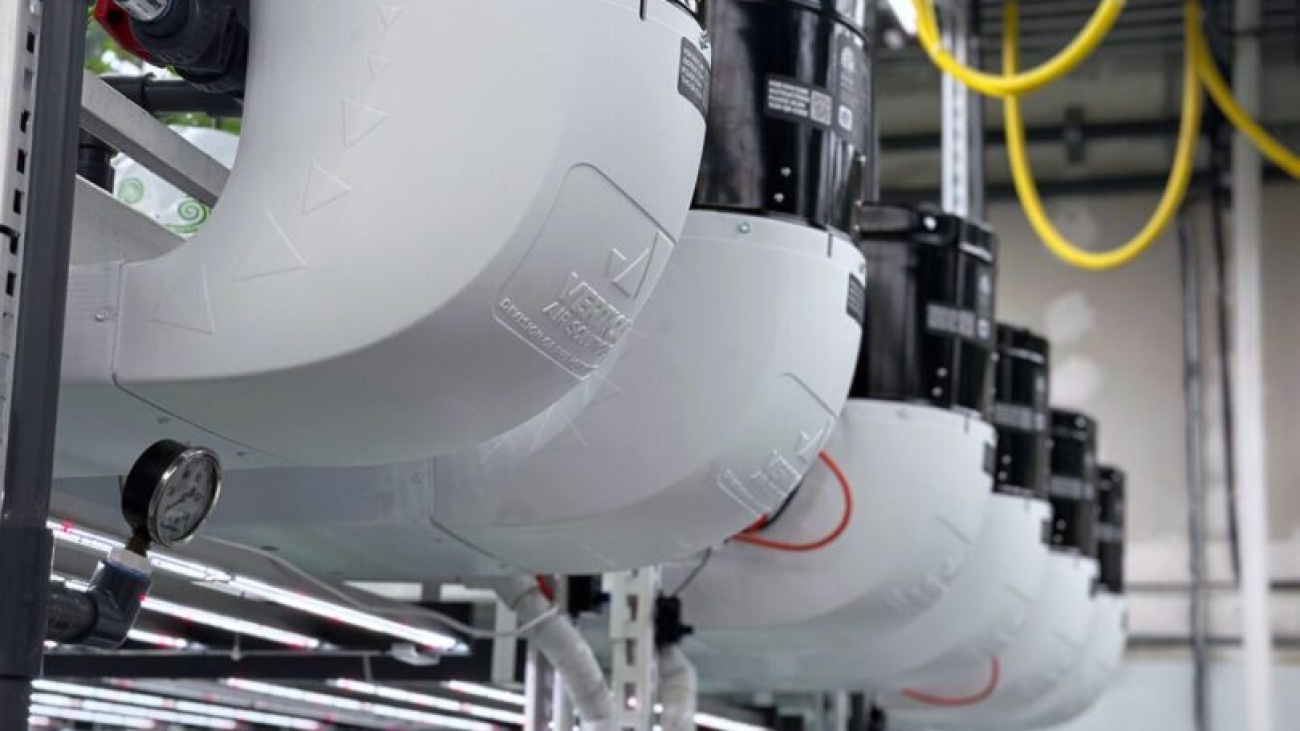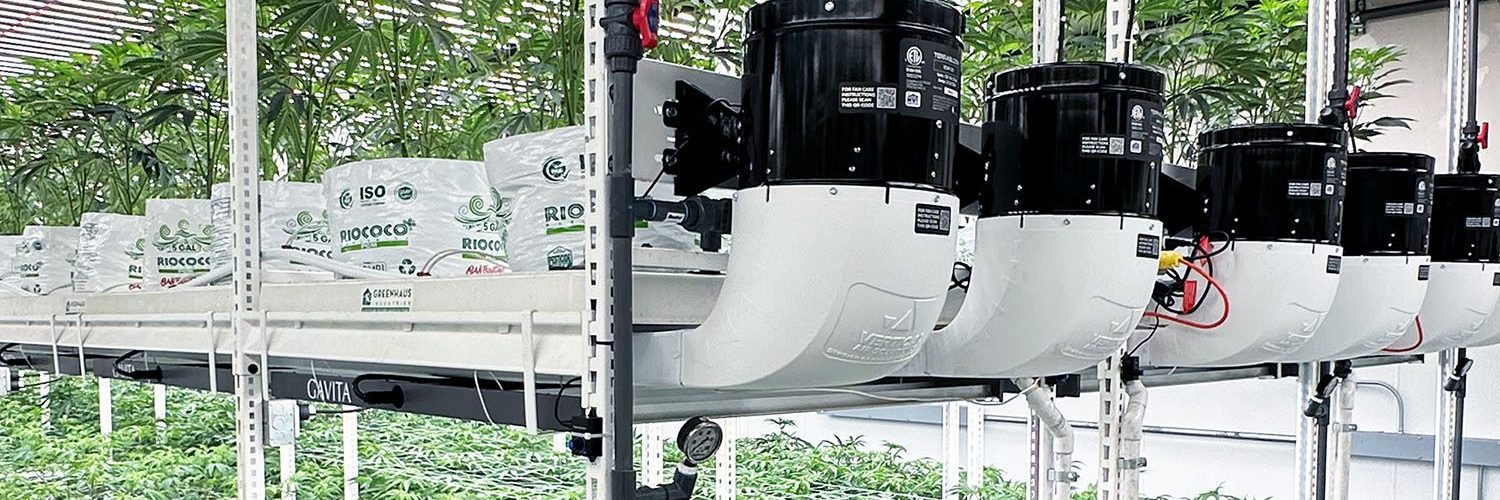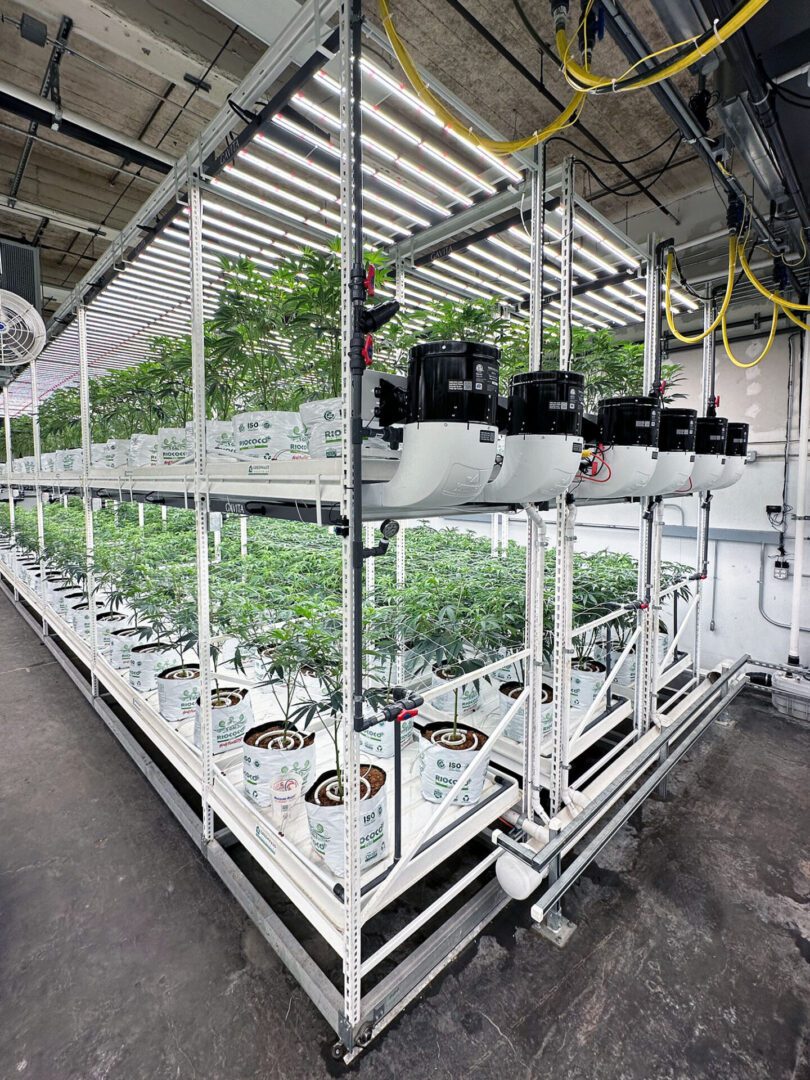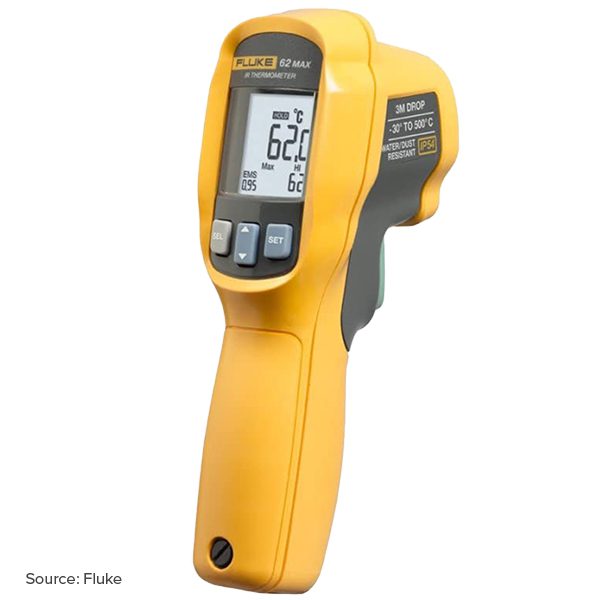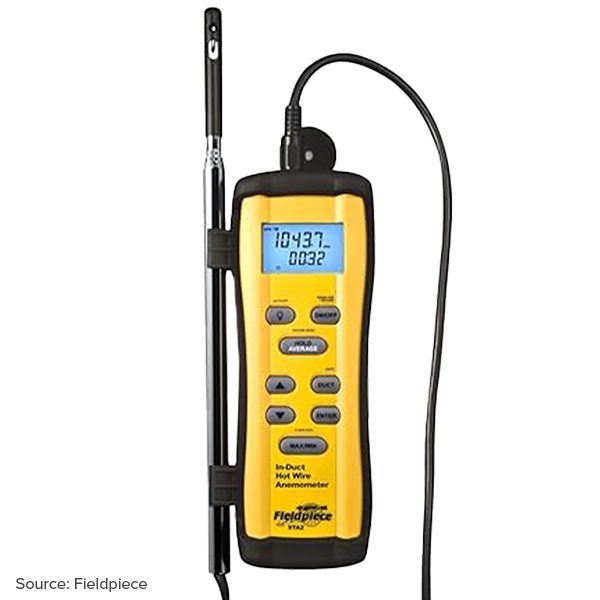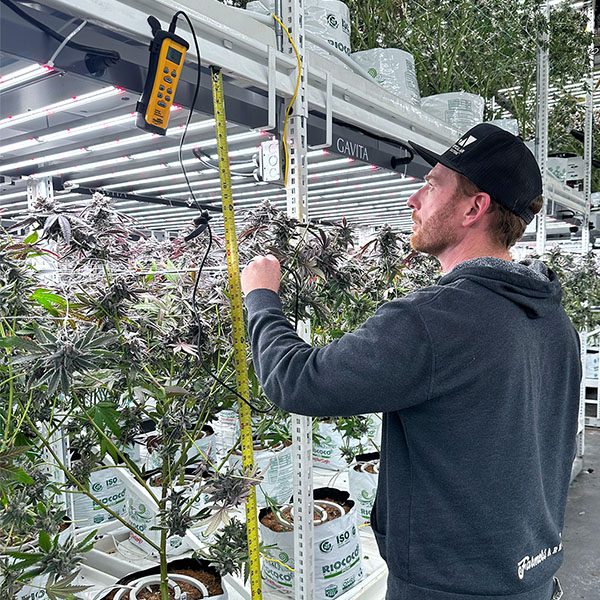Season 2 | Episode 25: Mastering Veg Timing & Plant Height

Summary:
- Veg Timing Importance: Timing veg growth is crucial for determining plant height and structure before transitioning to the flowering phase. It directly impacts yield and performance in the grow.
- Vegetative Phase Overview: The vegetative phase involves keeping plants under an 18-hour photo period, allowing them to grow shoots and roots to establish a robust structure for flowering.
- Veg Length Determination: The length of veg directly influences plant height in the flowering phase, particularly significant in vertical farming and multi-tier growing setups.
- Optimal Veg Duration: While a 10 to 14-day veg is ideal for advanced cultivators with optimal environments, some factors like genetics and environmental conditions may extend veg time.
- Managing Stretch: Stretch refers to rapid plant growth during the early flowering phase triggered by a 12-hour photo period. Proper veg timing helps anticipate and manage this stretch to avoid issues like plants growing into lights or obstructing airflow.
- Techniques to Control Stretch: Environmental cues, such as day-to-night temperature differentials, and irrigation strategies can help mitigate stretch. Additionally, plant training techniques like topping or super cropping can be employed.
- Variability in Cultivar Behavior: Some cultivars exhibit slow veg growth but finish flowering rapidly. Understanding each cultivar's growth patterns is essential for effective cultivation planning.
- No Veg Strategy: An emerging trend in some regions involves skipping the traditional veg phase and directly transitioning rooted clones into flowering, particularly in high-density planting setups.
- Closing Thoughts: Successful cannabis cultivation requires understanding and adapting to various factors like genetics, environment, and cultivation techniques. Cultivators are encouraged to experiment, gather data, and tailor their approach to their specific growing conditions.
This conversation provides valuable insights for cannabis cultivators, emphasizing the importance of strategic planning and adaptability in optimizing plant growth and yield.
About Cultivation Elevated
If you are a grower looking to optimize your cultivation facility or anyone looking to cultivate more in less space, then this is the show for you. Each week, join Host Michael Williamson as he travels across the country, to explore the world of vertical farming and the future of cannabis and food production through his conversations with leading industry operators, growers and executives who are demonstrating success and resilience as growers and cultivators. Each episode provides stories and key insights that will inspire and show you first-hand, how each of these companies have overcome challenges, and found their own path to success.


